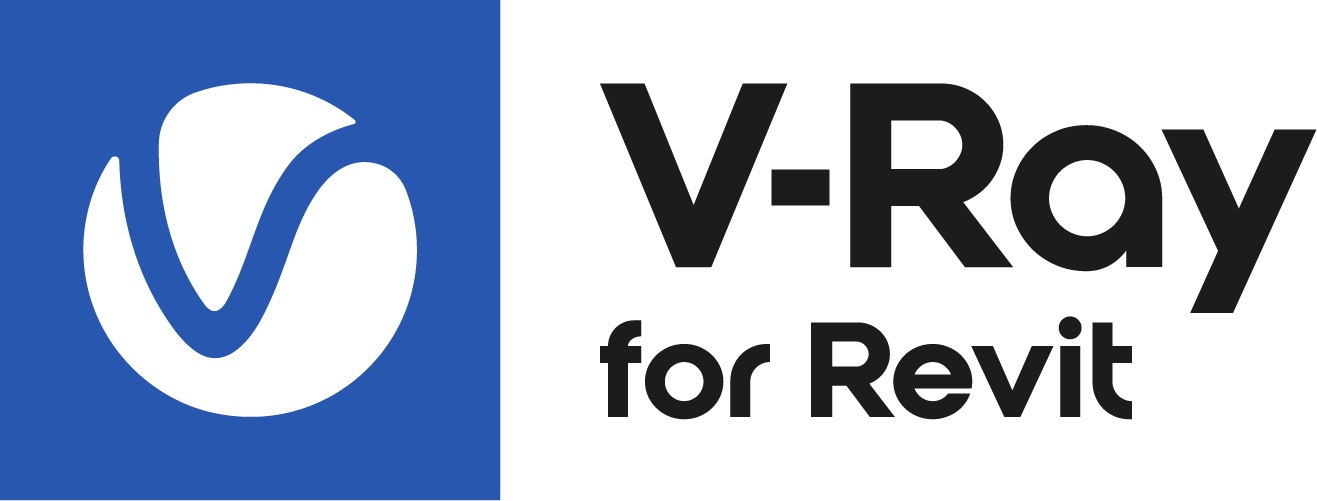To run V-Ray, you have to:
Overview
V-Ray installer automatically uninstalls any previous versions. Uninstalling V-Ray from Revit does not uninstall Chaos Cloud Client, Chaos Cosmos Browser, Chaos License Server, Chaos Unified Login and V-Ray Swarm. Those can be uninstalled separately if needed.
This guide is to serve as a reference for installation of V-Ray for Revit.
A complete installation of V-Ray for Revit consists of:
- V-Ray
- V-Ray License Server
- V-Ray Swarm
- Chaos Cloud Client app
- Chaos Cosmos Browser service
- Chaos Unified Login
Installing V-Ray for Revit gives you access to:
To start the installation, double-click the installation file. The V-Ray installer automatically removes any previous installations. This allows seamless upgrade from previous versions. If you experience problems, manually uninstall the previous versions to perform a clean install. See the Uninstall V-Ray page for more information.
Running the Installer
Welcome
Carefully read the End User License Agreement and the Global Consumer Privacy Policy. Click the I accept buttons if you agree to the terms.
Proceed to click the Continue button.
Host App Version
This screen allows you to select which Revit version to install V-Ray for. You can also select more than one version at once.
Proceed to click the Install button.
If you need to customize your V-Ray installation, click the Advanced button.
Advanced Installation
The Advanced Installation button takes you to the Additional Components screen. Here, you can choose whether to install the License Server or V-Ray Swarm and specify the License server machine.
Click the Continue button to proceed with the installation.
Settings
Optimize V-Ray for Revit installation by manually setting the location folder where V-Ray is installed. You can also enable distributed rendering via V-Ray Swarm upon installation. That way, you won't need to enable it from within the V-Ray for Revit UI.
Destination location – Specify an installation location for V-Ray for Revit.
V-Ray Swarm Enabled – When enabled, after the installation is complete, V-Ray Swarm is activated by default.
The settings below become available after checking the V-Ray Swarm Enabled checkbox.
Don't use local machine – When enabled, the local machine is excluded from rendering. However, V-Ray Swarm continues to use a small percentage of the local machine's resources to communicate with the nodes.
Licensing
In this step, you can specify whether the Chaos License Server runs locally or on another machine.
Local – This option installs the License Server on your machine. For a walkthrough, see the Chaos License Quick Start Guide.
Remote – This option allows you to configure your Chaos product for floating licenses in a local network. Fill in the IP address of the Chaos License Server in your network in the Primary License Server field. Please leave the port 30304 unchanged. For more details on this setup, see the License Server Deployment page.
Chaos Telemetry
V-Ray installation is successful.
Participate in the improvement decisions for future versions of V-Ray. No intelligence property is violated when agreeing to participate in the feedback program. Chaos does not gather scenes, assets, materials, etc. This preference can be changed anytime from V-Ray Render Settings > Settings > About V-Ray > Feedback program settings. For more information, see the Chaos Telemetry page.
Anonymized Telemetry – Includes the most used product functionality and/or parameter values. The data is not personally identifiable and is not tied to the user's individual account.
Personalized Telemetry – Includes the most used product functionality, parameter values, but also contains personally identifiable information tied to an individual user's license. This helps Chaos tailor and optimize the product for better personal use.
Next Step
Go to step 2 to activate your Chaos License.






